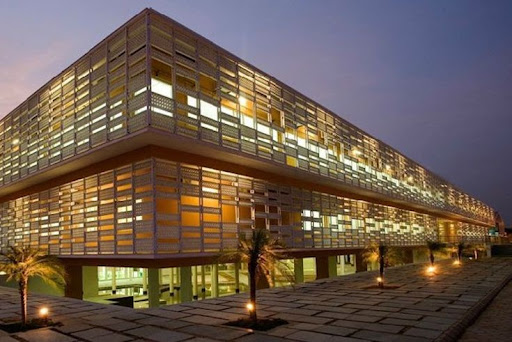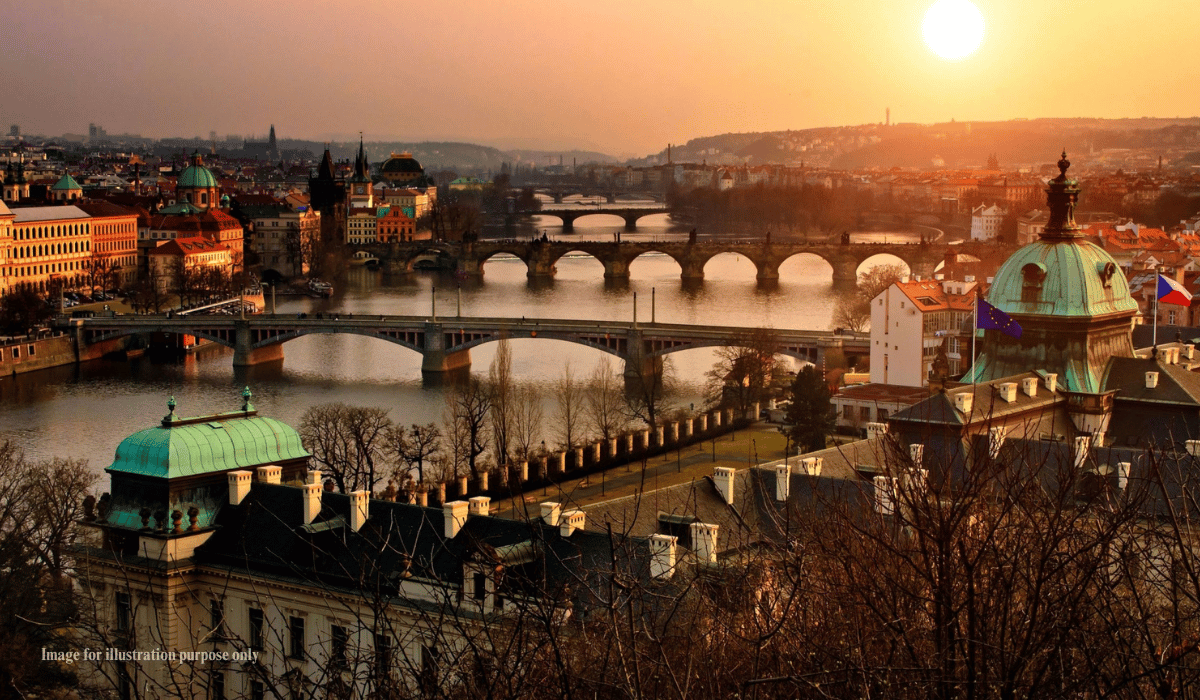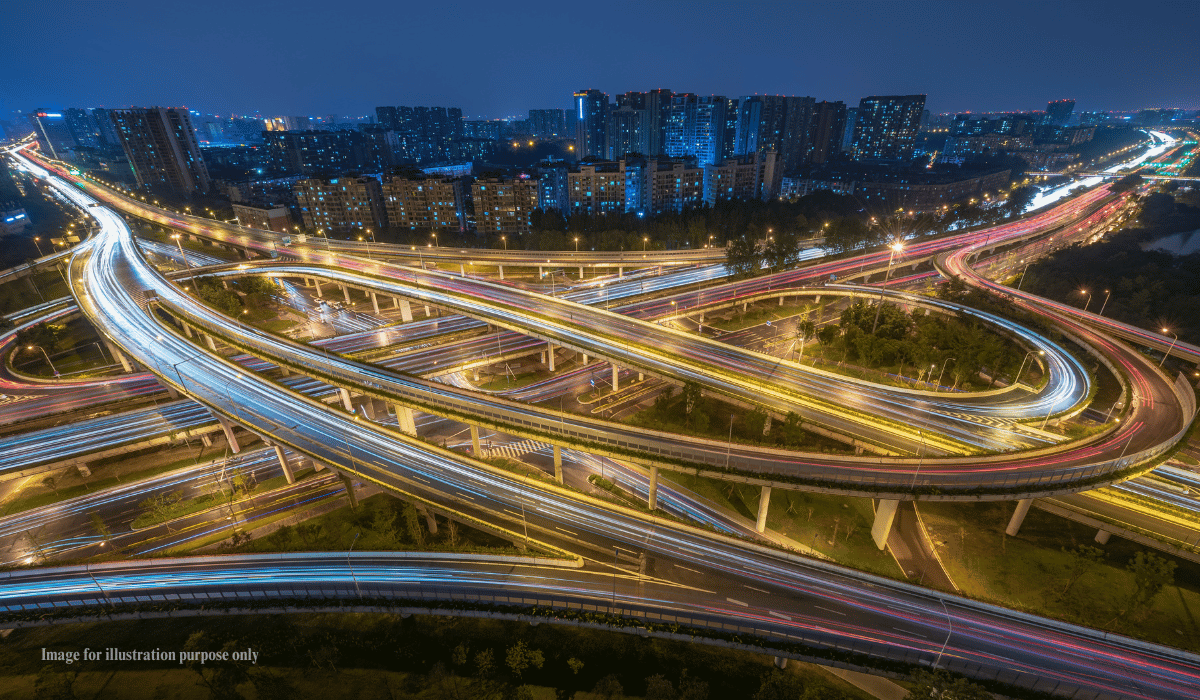The modern world is excessively consuming resources to meet its needs. The global energy requirement is increasing at an annual rate of 4%. Although the climate change crisis has pressed the world to rethink its energy consumption, the alarming increase in its demand is still a concern. There are three formidable ways to cater to this challenge. The first approach is to lower the energy demand by consuming less energy. The second approach is to use renewable energy resources as a substitute for fossil fuels. And the third way is to become energy-efficient using technique and technology.
While these methods apply to every sector of the economy, it is the building construction sector that needs to make a quick switch to them. This is because the Architecture, Engineering, and Construction (AEC) domain is a leading energy consumer globally. Building construction activities constitute one-third of the total energy consumption on earth. Energy-saving is a crucial element for buildings as it helps to create a sustainable design. Using recyclable materials for construction, and planning rooms with natural lights are excellent ways for energy conservation. But, using passive cooling to enhance the building’s indoor comfort proves to be an excellent solution for the long run.
How Is Thermal Comfort Achieved In Contemporary Buildings?

The Heating, Ventilation and Air Conditioning (HVAC) systems maintain a building’s thermal comfort by regulating the indoor climate. They ensure that a habitable airflow is maintained within the building. This involves an active mechanical process of maintaining an ambient indoor atmosphere.
HVAC is a popular choice for maintaining indoor comfort amongst all building typologies such as residential, commercial, healthcare, and hospitality. However, these systems consume fossil fuels at a rapid rate. They also release harmful greenhouse gases in the environment which are a major contributor to ozone layer depletion. This gives a surge to global warming and climate change concerns. Thus, architects are now resorting to passive ways of controlling a building’s indoor atmosphere.
What Is Passive Cooling?

Passive Cooling is a design approach that focuses on preventing heat gain and heat absorption of a building. This helps to improve indoor thermal comfort by enabling less or no energy consumption. A 2021 research suggests that passive cooling can help reduce a building’s energy consumption by 8%- 70% with the use of various techniques.
Integrating Passive Cooling Techniques In Building Design
India’s vernacular architecture depicts a great show of passive cooling. These building designs were in sync with India’s tropical climate. This establishes that climate is the primary consideration for passively cooled buildings. To create a passive-cooling integrated building design, the architect should plan for it at the conceptual level. For this purpose, they can resort to various passive cooling techniques. Solar shading is one of the primary techniques. A chajja or weather shade, louver, awning, and boxed window are classic examples of this method. It is cost-effective and easy to implement. But, its efficiency depends on the angulation and position of the shading element. One can trace its origins to the traditional jharokha which is a projecting shaded window in heritage buildings.
RCC roofs absorb much heat and increase indoor temperatures by up to 10 degrees. Solar shading the roofs with terracotta tiles, and inverted earth pots can reduce indoor temperatures by 5%. Installing a removable canvas cover-mounted close to the roof is another inexpensive and effective device for solar shading. It prevents the entry of heat in the daytime and removing it at night provides radiative cooling.
Integrating landscape with building design is another great way of passive cooling. Shading a building facade with trees gives a decline of about 2% in the building temperature. Evapotranspiration helps to cool air temperatures by 5 degrees. Creating open green spaces around the building enables good indoor ventilation. However, the landscape architect needs to decide the trees to be planted based on their climate suitability.

Shading by textured surfaces gives a creative twist to passive cooling. Highly textured walls create a pattern of projection and depression thereby shading a considerable part of the wall. Insulating a wall surface can also reduce the heat absorption of the building. Having a thick wall section or designing a cavity wall is a great way to insulate a building. For instance, the TERI Retreat building in Gurgaon sees a reduction of 15% heat gain as compared to a conventional building. The use of 40mm thick walls in expanded polystyrene insulation and vermiculite concrete insulation on the roof has helped to achieve this effect. Also, an attic space between the roof and ceiling reduces the solar heat gain factor.
The use of solar chimneys is a modern-day solution for passive cooling. The device induces natural ventilation with the help of the thermal upthrust effect. The chimney absorbs solar energy during the day which heats the air within the room making it rise to the bottom of the chimney. The warm air exhausted from the room is replaced by cool air. The chimney removes hot air from the building at a rapid rate, thereby improving its cooling potential through the incoming air from other room openings. A solar chimney reduces the building energy consumption by 10%- 20%.
A wind tower is a suitable passive cooling technique for large-scale architecture projects. The hot air enters the tower from an opening and gets cooled thus becoming heavier and sinking down. The room inlets and outlets promote a cool air movement by strategically being placed opposite to each other. A wind tower works effectively in areas where diurnal variations are high such as hot and dry climates.
Passive cooling techniques are the solution to the global energy-saving needs. It is an excellent alternative to the prevailing HVAC systems for providing thermal comfort. An architect needs to evaluate the suitability of various passive cooling ideas based on their site’s micro-climate and building function. These techniques would reduce the pressure on earth’s resources hence creating sustainable building designs.
Source:
- Passive Cooling Techniques to improve Indoor Comfort of Modern Buildings
- Passive Cooling Techniques in Buildings
- How to Reduce AC Cost & Make Homes Energy Efficient
- An overview of passive cooling techniques in buildings
- Conventional Passive Cooling Methods
Disclaimer: The information contained herein have been compiled or arrived at, based upon information obtained in good faith from sources believed to be reliable. The opinions expressed within the content are solely the author’s and can be subject to change. The image featured in this article is only for illustration purposes. If you wish the article to be removed or edited, please send an email to editor@biltrax.com
Discover more from Biltrax Media, A Biltrax Group venture
Subscribe to get the latest posts sent to your email.





















